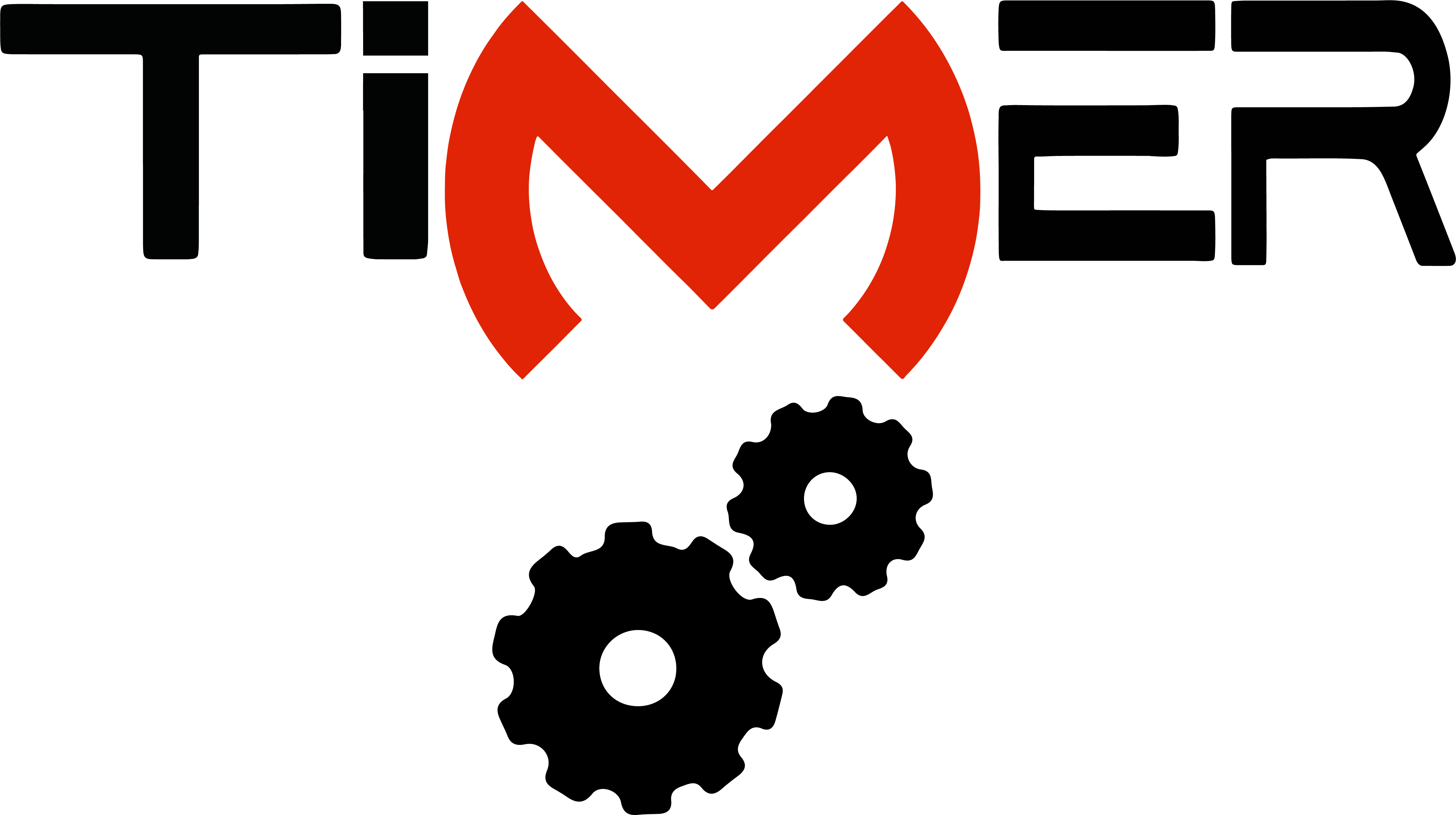STUDY OF PARTICLE BOARDS CHARACTERISTIC BASED ON SENGON WOOD PARTICLE AND OIL PALM EMPTY FRUIT BUNCHES
Abstract
Full Text:
PDFReferences
R. Lusiani, S. Sunardi and Y. Ardiansah, "Utilization of empty palm oil fruit bunches as composite particle boards with variations in fiber length," Flywheel: Journal of Mechanical Engineering Untirta, vol. 1, no. 1, pp. 46-54, 2015.
B. Raharjo, "Utilization of empty palm oil fruit bunches as an alternative to particle board," Indonesian Journal of Laboratory, vol. 2, no. 2, pp. 1-9, 2020.
S. Sunardi, R. Lusiani, J. Andrean and M. Fawaid, "Characteristics and potential of palm oil waste as particle board," in the National Seminar on Environmental Management SNPL 2017 , Palembang, 2017.
D. Fithriani, T. Nugroho and J. Basmal, "The effect of pressing time on the characteristics of particle board from solid waste processing Gracilaria sp," Journal of Postharvest and Marine and Fisheries Biotechnology, vol. 1, no. 2, pp. 125-133, 2006.
RS Mbakop, G. Lebrun and F. Brouillette, “Effect of compaction parameters on preform permeability and mechanical properties of unidirectional flax fiber composites,” Composite Part B, vol. 176, pp. 1-10, 2019.
SF Gharaibeh, WM Obeidat and N. Al-Zoubi, “Effect of post-compaction heating on characteristics of microcrystalline cellulose compacts,” e-Polymers, vol. 22, p. 536–543, 2022.
L. Xiao, Y. Sun dan L. Yu, “The effect of compaction parameters and dielectric composition on the properties of soft magnetic composites,” Journal of Physics: Conference Series, vol. 303, pp. 1-6, 2011.
M. Viel, F. Collet and C. Lanos, “Effect of compaction on multi-physical properties of hemp-black liquor composites,” Journal of Material Research and Technology, vol. 9, no. 2, pp. 2487-2494, 2020.
M. Dixit and R. Srivastava, “Effect of compaction pressure on microstructure, density and hardness of Copper prepared by Powder Metallurgy route,” IOP Conf. Series: Materials Science and Engineering, vol. 377, pp. 1-9, 2018.
Asfarizal, A. Kasim, Gunawarman and Santosa, "Effects of Pressure and Temperature on the Production of Particle Boards Made from Empty Palm Oil Bunches and Pine Bark," Journal of Mechanical Engineering, Padang Institute of Technology, vol. 9, no. 1, pp. 1-5, 2019.
DOI: http://dx.doi.org/10.62870/timer.v1i1.20477
Refbacks
- There are currently no refbacks.
Copyright (c) 2023 Trends in Mechanical Engineering Research (TiMER)
This work is licensed under Creative Commons Attribution 4.0 International









